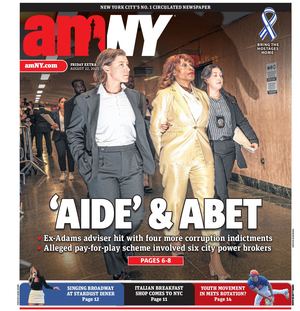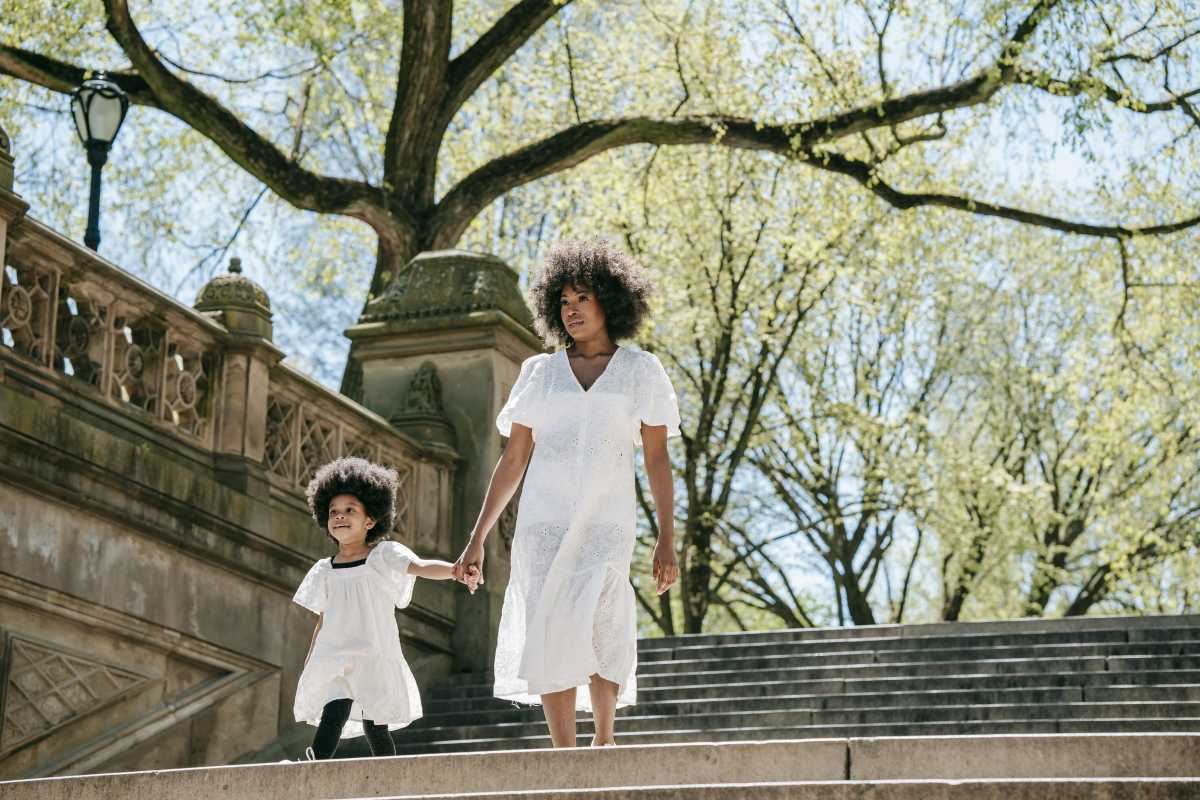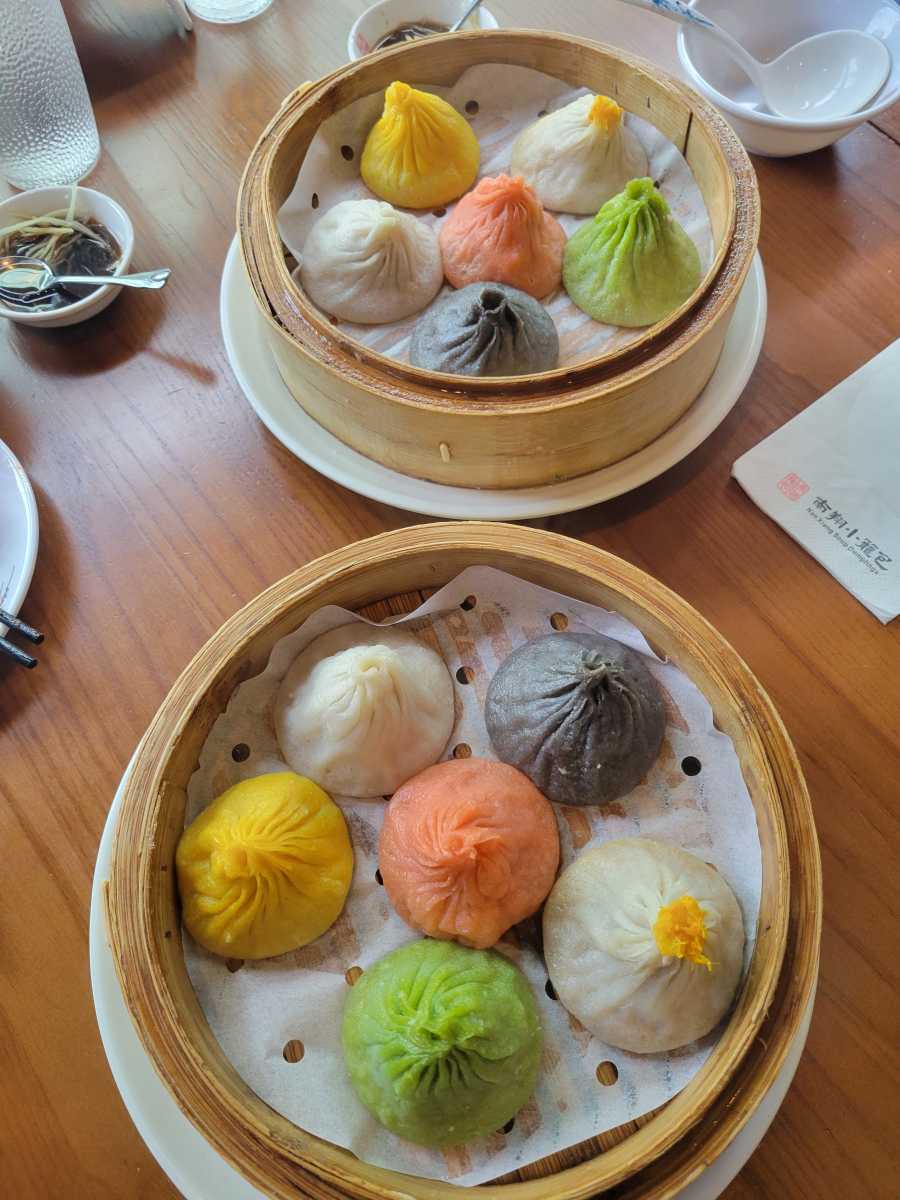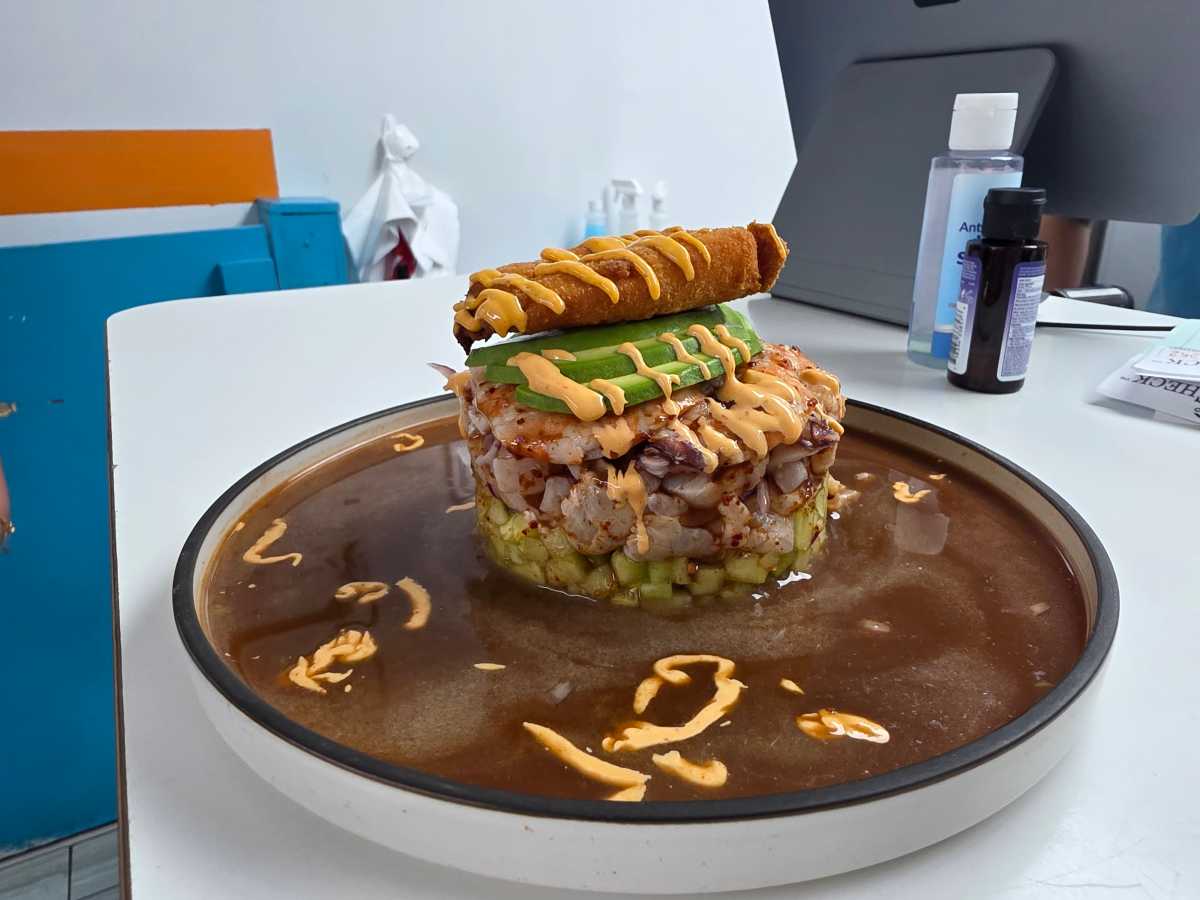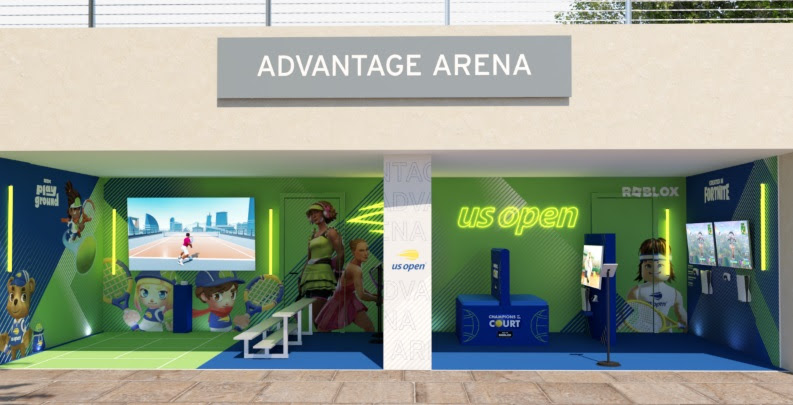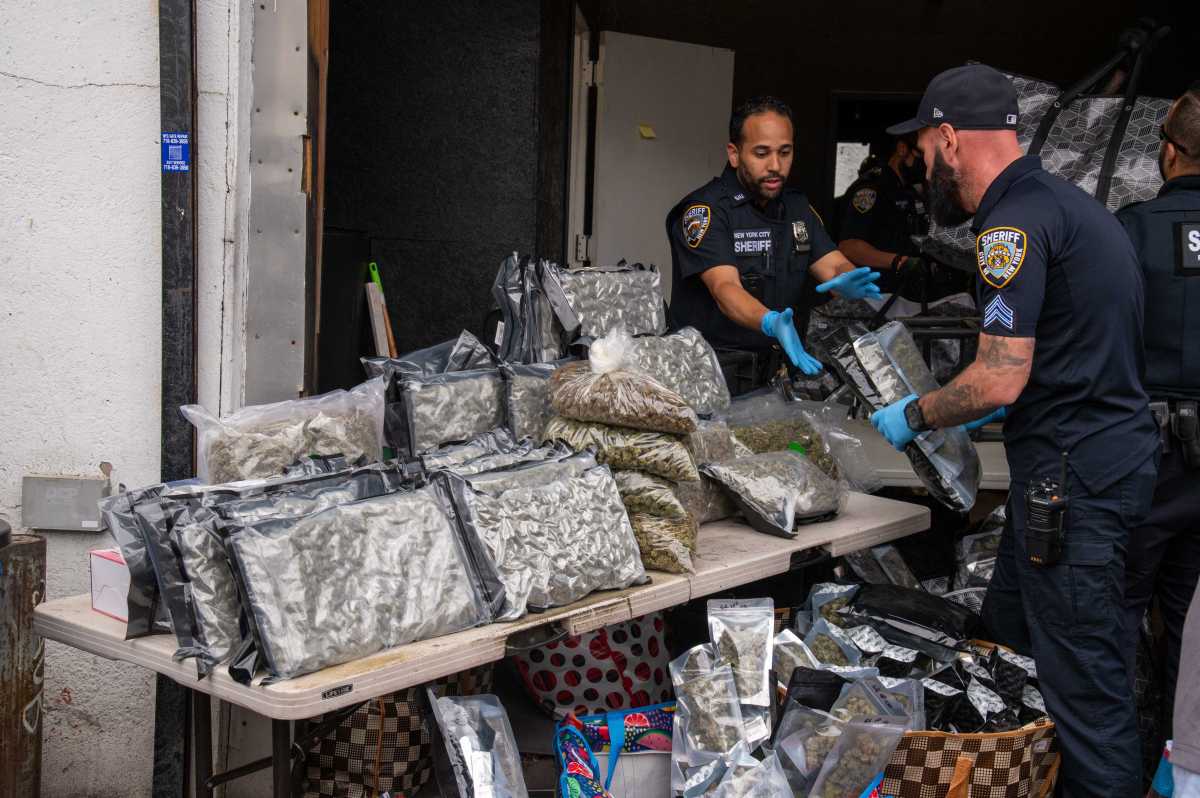Mind the app. Among Apple’s breakout app trends for 2017 are those focused on mental health.
“Never before have we seen such a surge in apps focused specifically on mental health, mindfulness and stress reduction,” Apple noted, pointing to apps like Headspace, Lake: Artists’ Coloring Books and Calm (which Apple also named iPhone App of the Year).
Coincidentally, the day before Apple revealed its trends, a new app devoted to mindfulness officially launched.
On Dec. 6, Shine, a year-old millennial-geared service that texts users daily tips “to help you thrive,” debuted a new app that offers a library of audio “Mindful Moments” that focus on topics like “Ditching a Toxic Friend” and “Slaying Your Workday.” The iOS app is free, with annual ($4.99 per month) and monthly ($7.99 per month) plans to access the audio content.
We spoke with Shine founders Marah Lidey and Naomi Hirabayashi about the new product and the rise of mindfulness apps.
Does it surprise you that one of Apple’s top trends was mental health apps?
Marah Lidey: The whole goal of starting Shine was to make it easier to find this kind of content. It’s been exciting to see how quickly the landscape has changed. Instead of being, “That’s not for me,” it’s, “Yes, I need something to take care of myself in this insane social and political climate.” There’s still work to be done in terms of making self-care cheaper, easier, less crunchy.
Were you using these types of apps yourselves?
Lidey: We weren’t. Part of that is we created something we couldn’t find. When we first started to think about Shine, it was, how do we scale out the support we give each other on a daily basis? We didn’t find anything that felt like it talked to us in the way that we wanted to be talked to, like a friend.
Do you meditate, either at a studio or at home?
Naomi Hirabayashi: We don’t really. We are coming at well-being in a way that’s less about how it should look; building on what you see often in mainstream media, well-being looks very bougie, something you’re only able to access when you have a certain socioeconomic status.
Lidey: We don’t necessarily call it meditation; we have an everyday check-in that we’re doing with ourselves. We’re making well-being a habit. It doesn’t have to look like old-school meditation.
What about meditation didn’t appeal to you?
Hirabayashi: Talking to Shine users, they said, “The only way I feel like I’m doing it right is if have an hour in the morning.” The reality is not everyone is able to do that. We thought the best way we could serve our community came from the research around millennials and well-being. It’s a daily habit.
Why might someone want to download your app?
Hirabayashi: How people are using it is in the form of “Mindful Moments,” which are the audio tracks that make up the Shine app. They address burnout or ditching self-doubt. They’re really actionable and on-the-go. They give you a second to one, check-in with yourself and process what’s going on, and two, get insight on how to help deal with those issues.
There are apps that offer professional mental health resources. Where does yours fall in that space?
Hirabayashi: We’re a resource for people in-between therapy sessions that’s low-cost and on-the-go. We need as many tools as we can to work on our well-being, especially preventive. How can we help people more preventively to focus on their mental health and get an on-the-go solution that works for their world? That’s how we see it.
